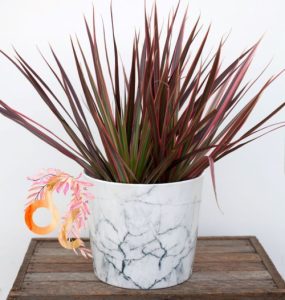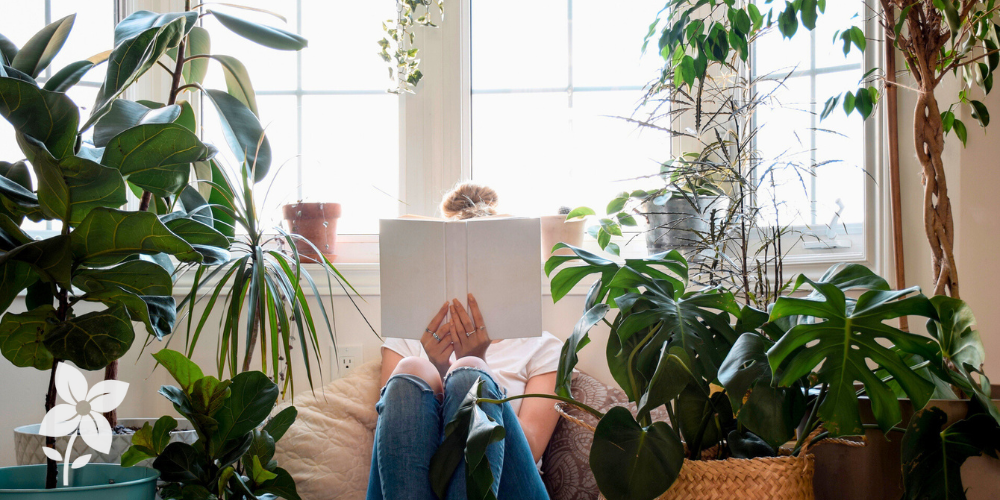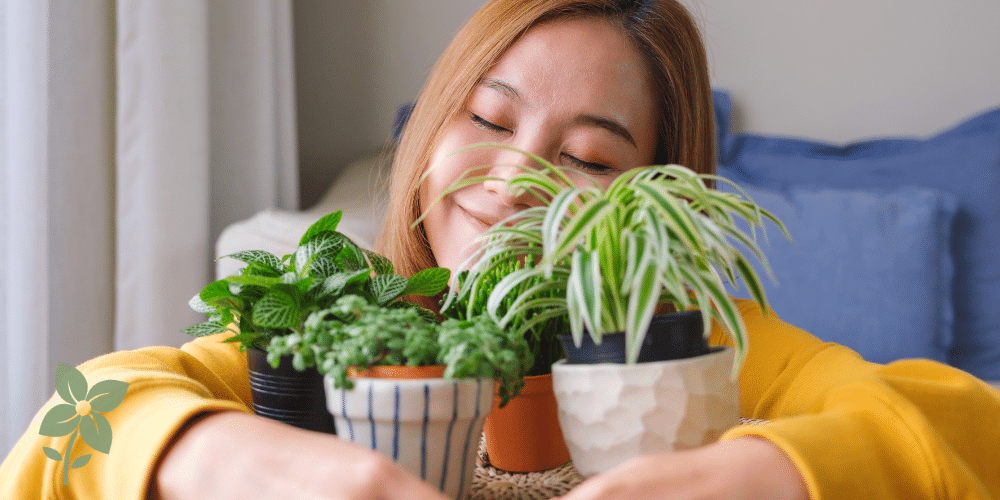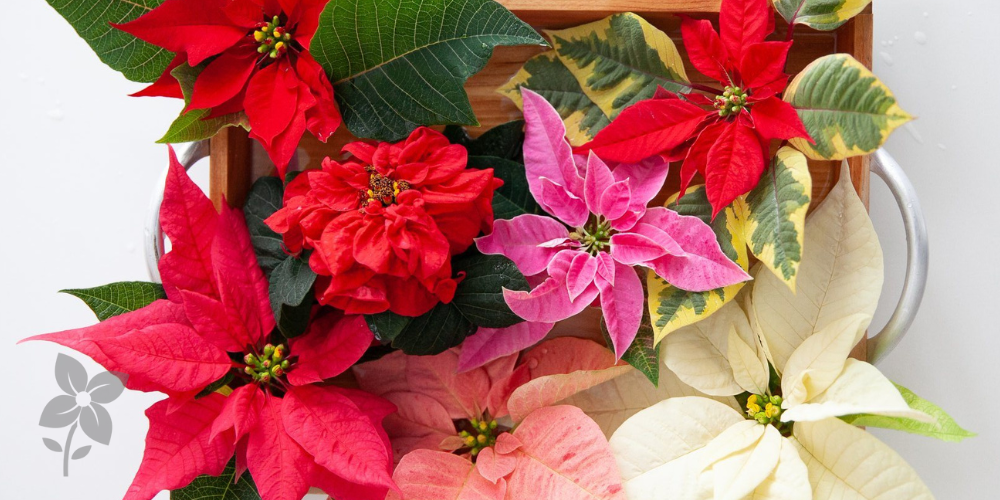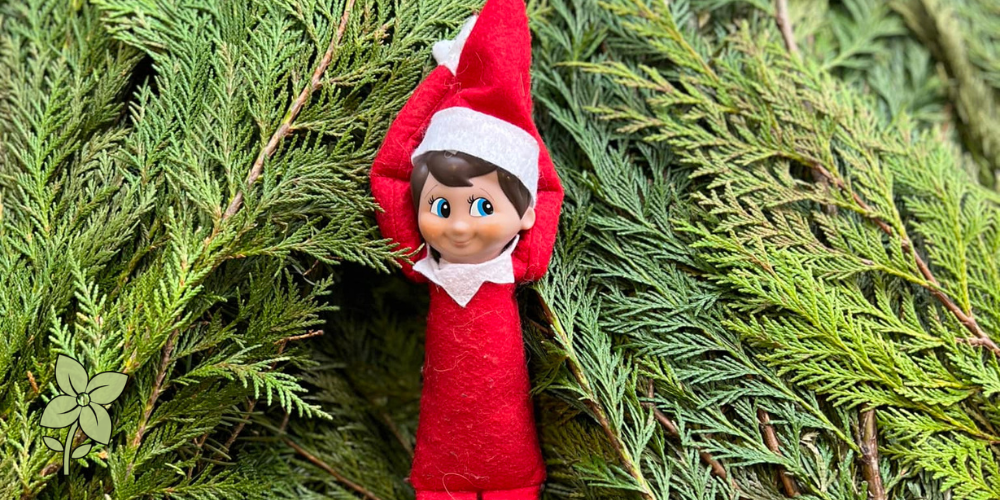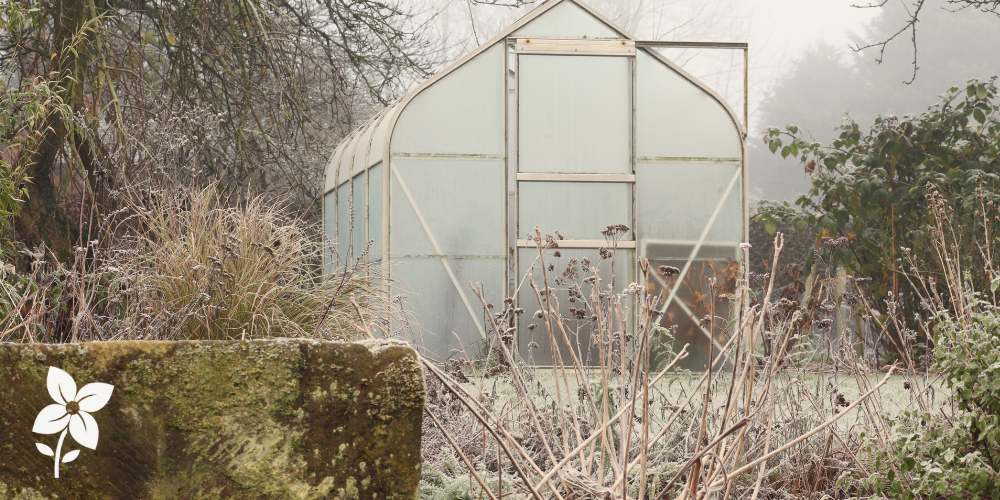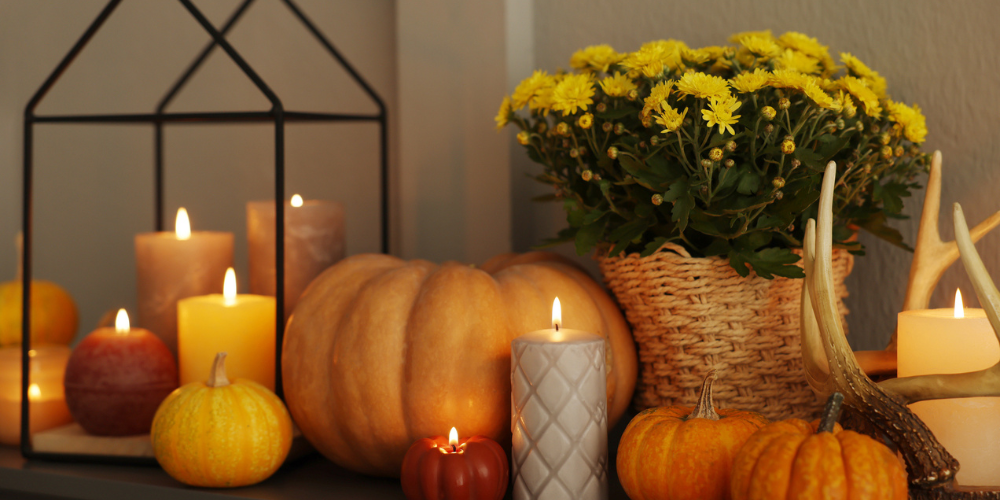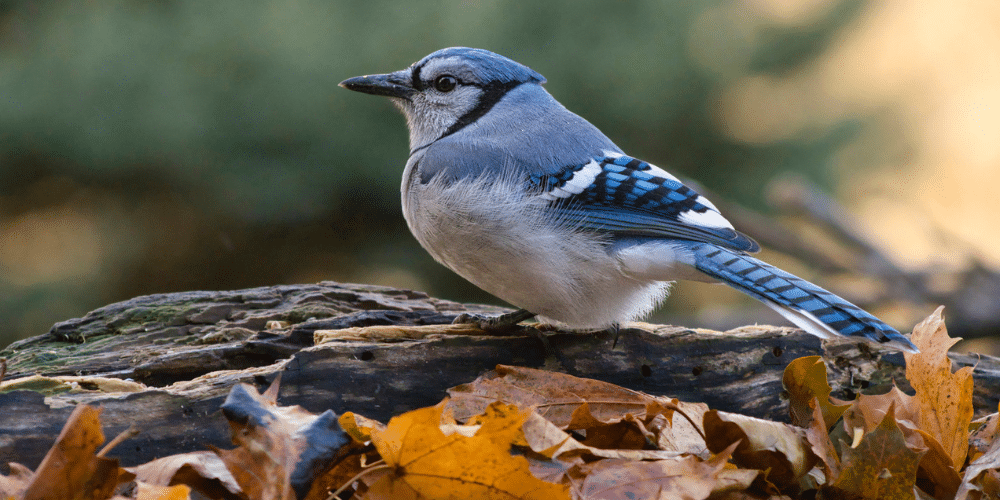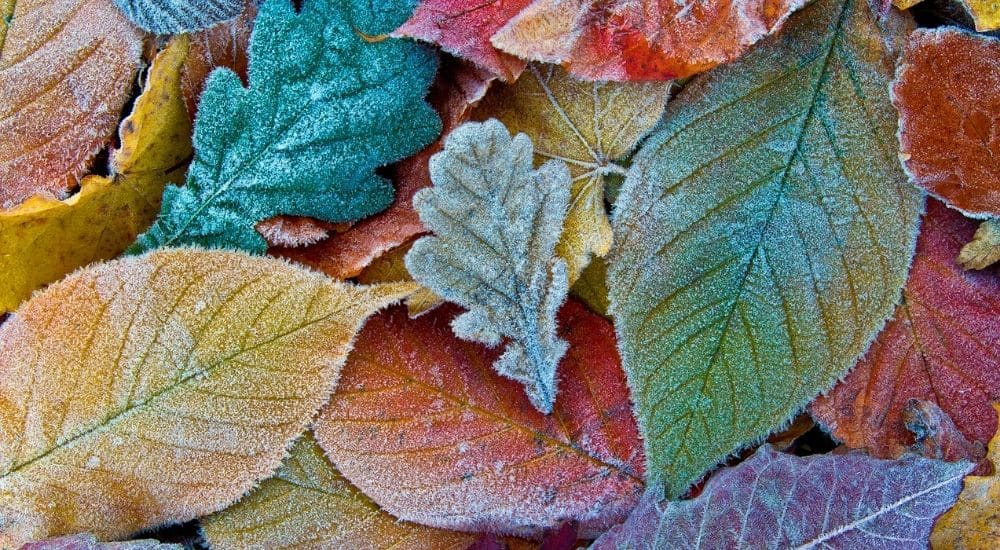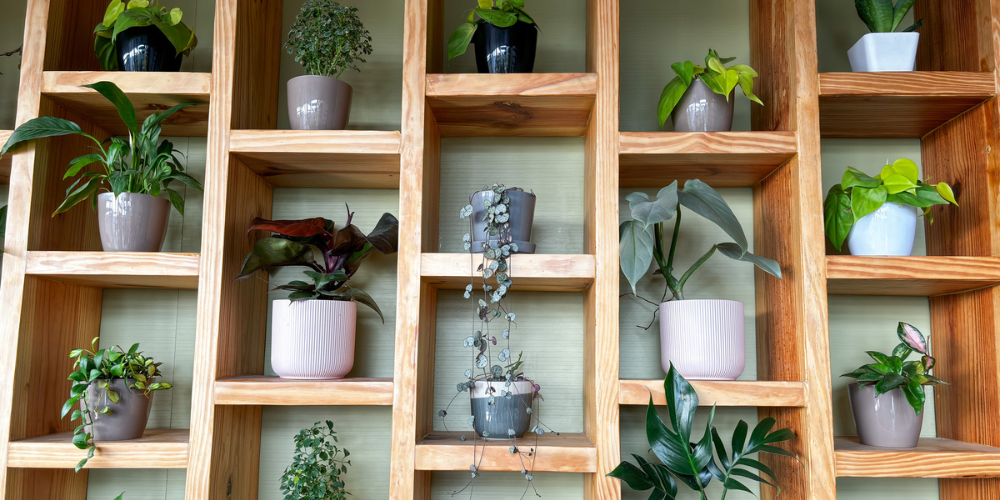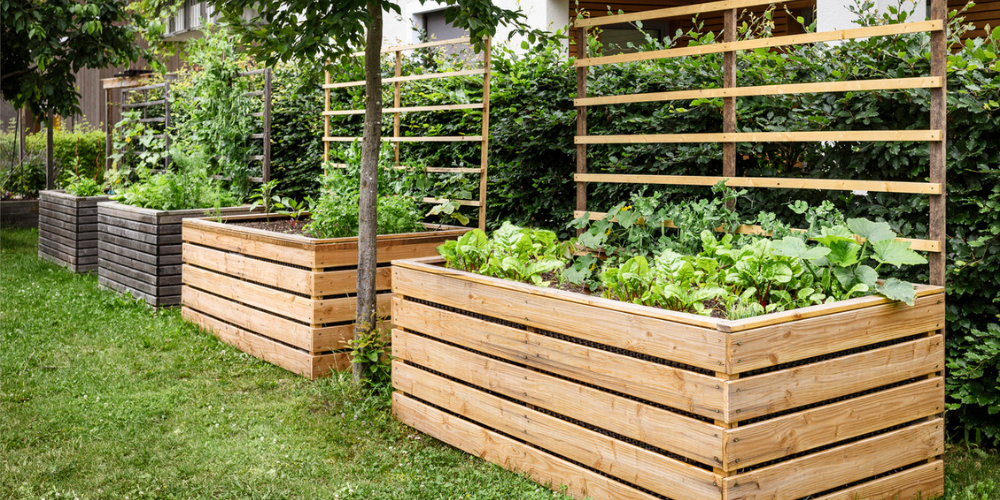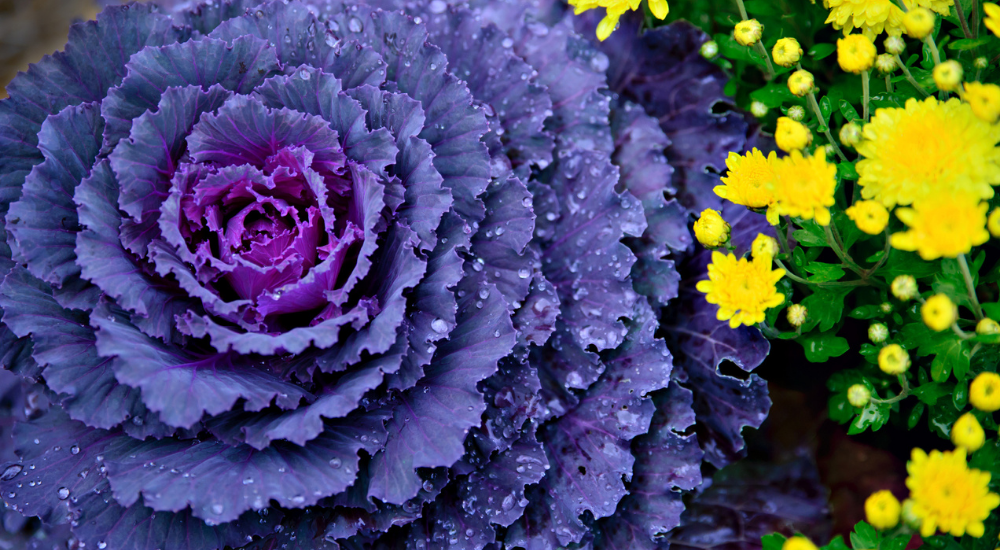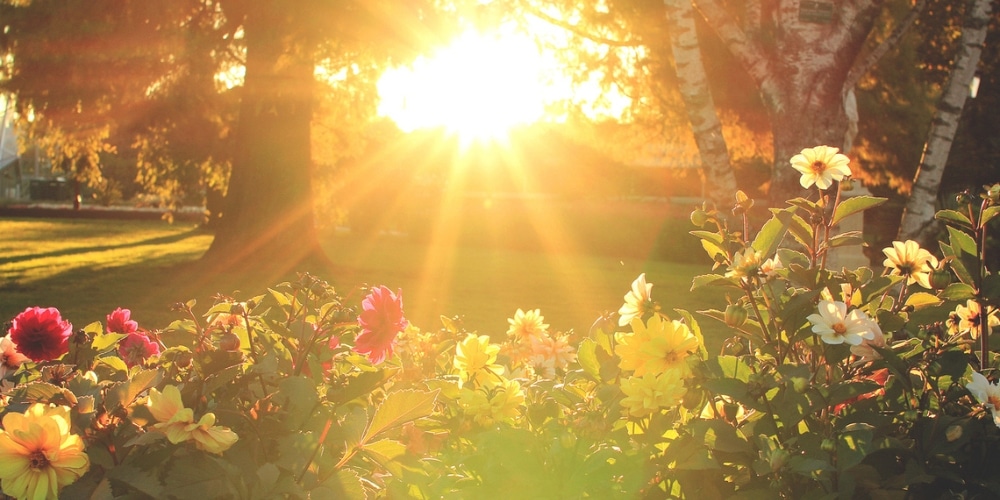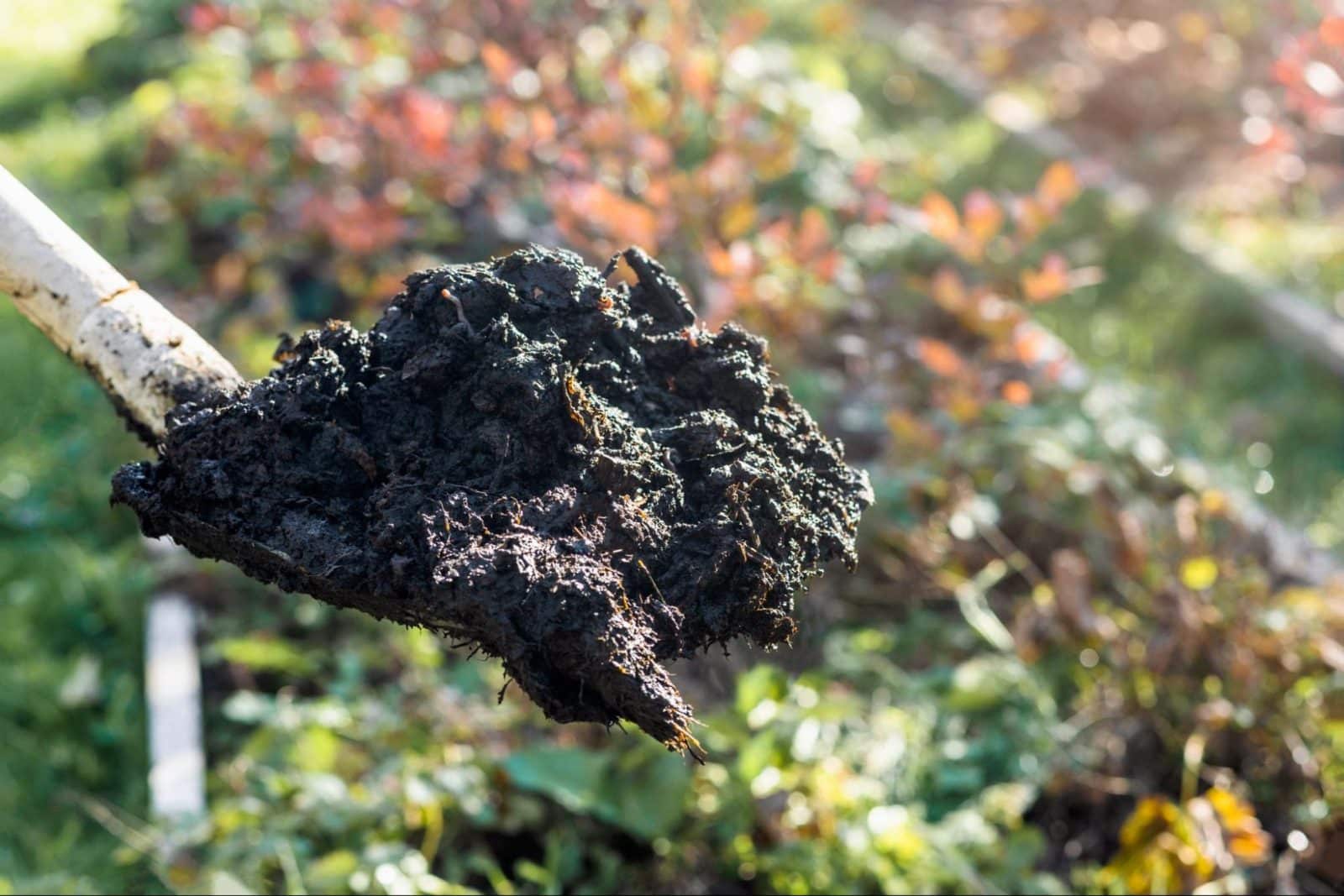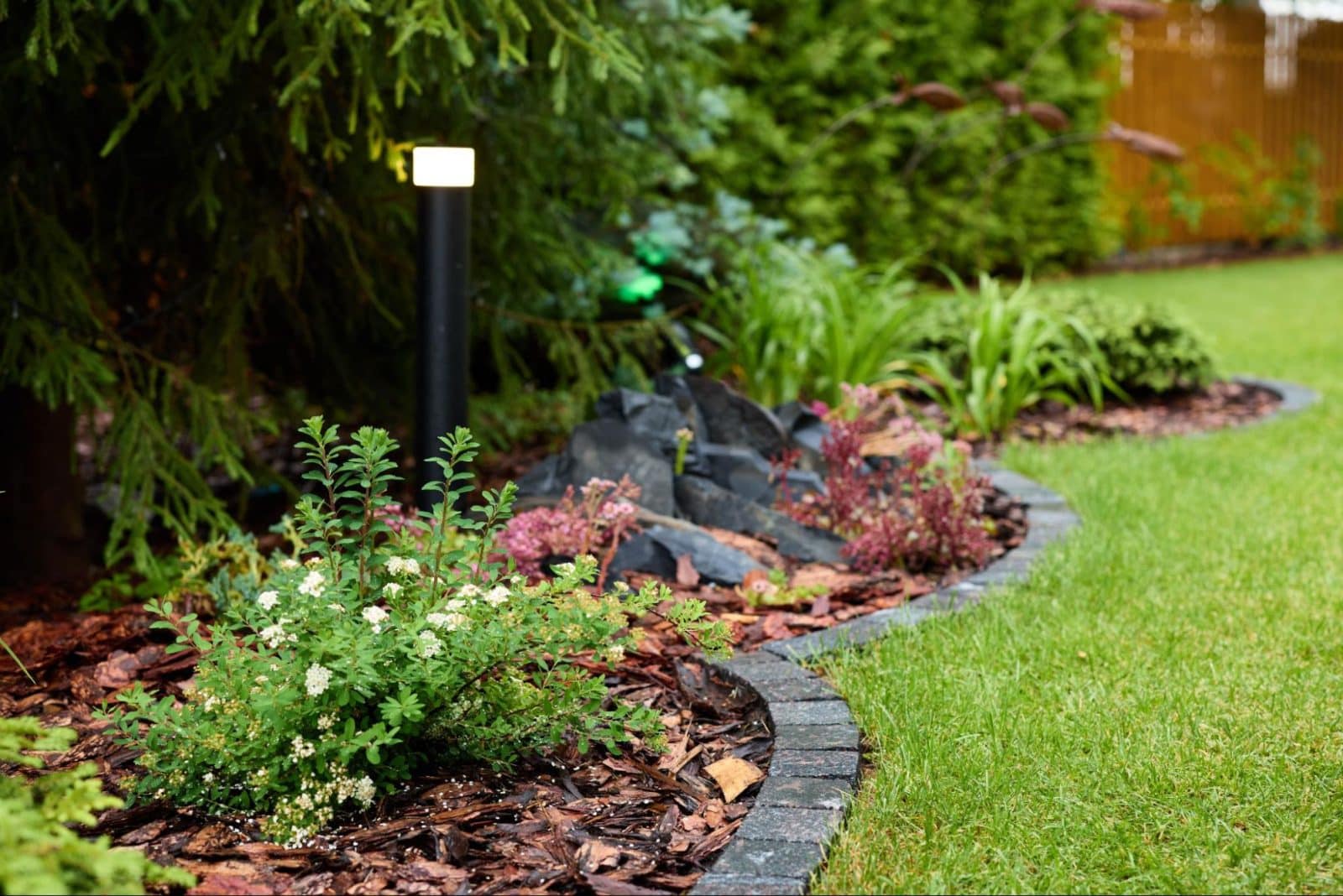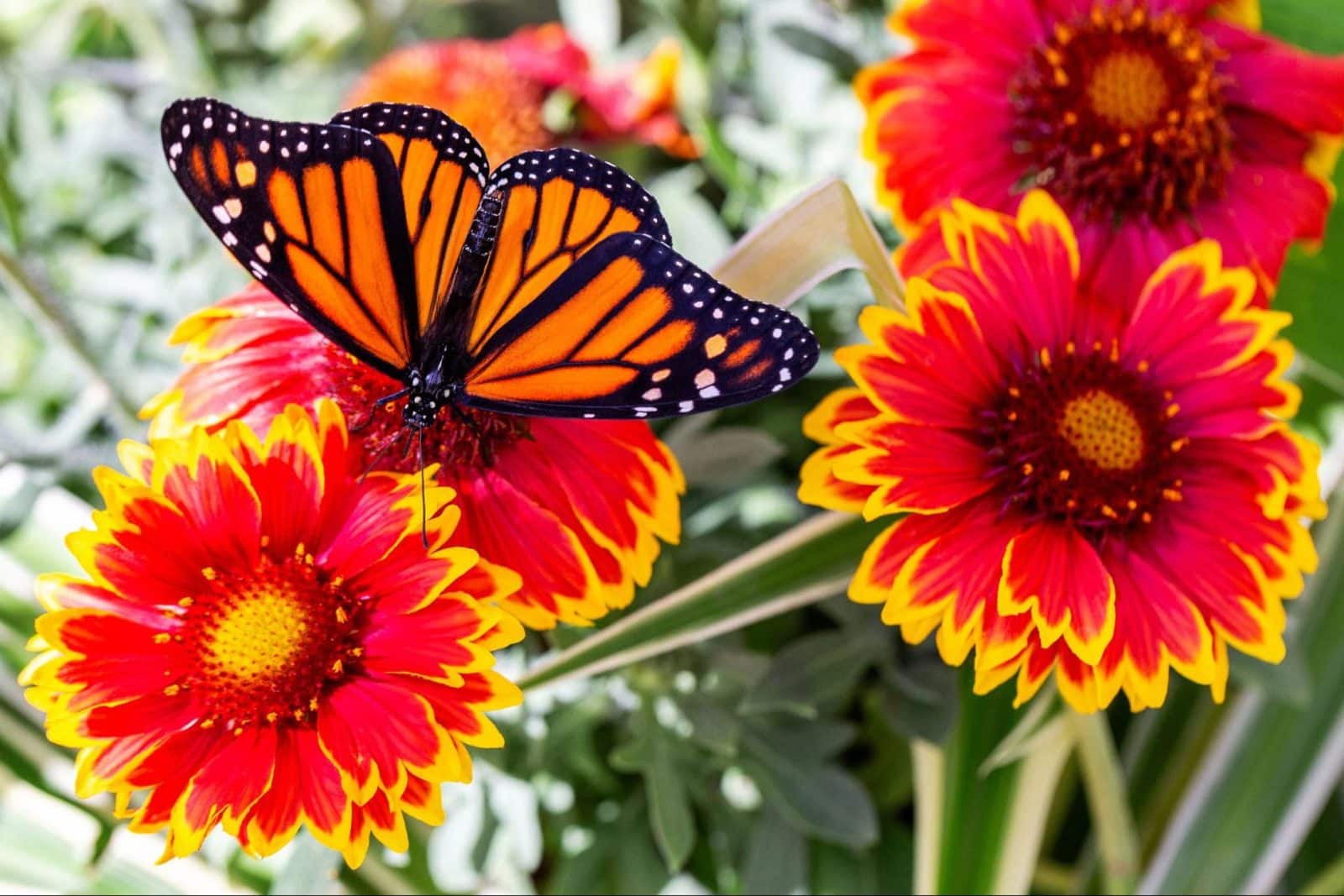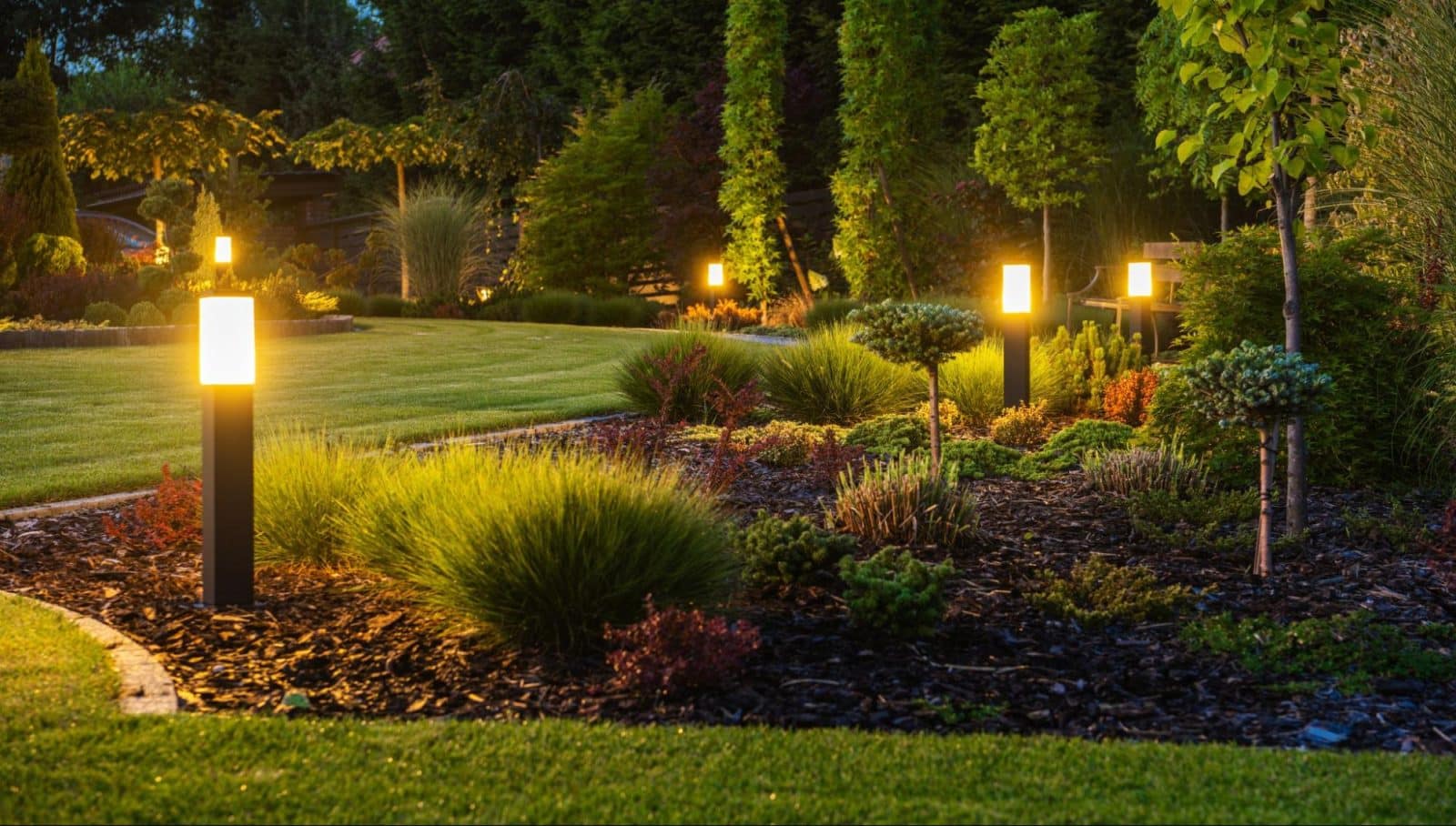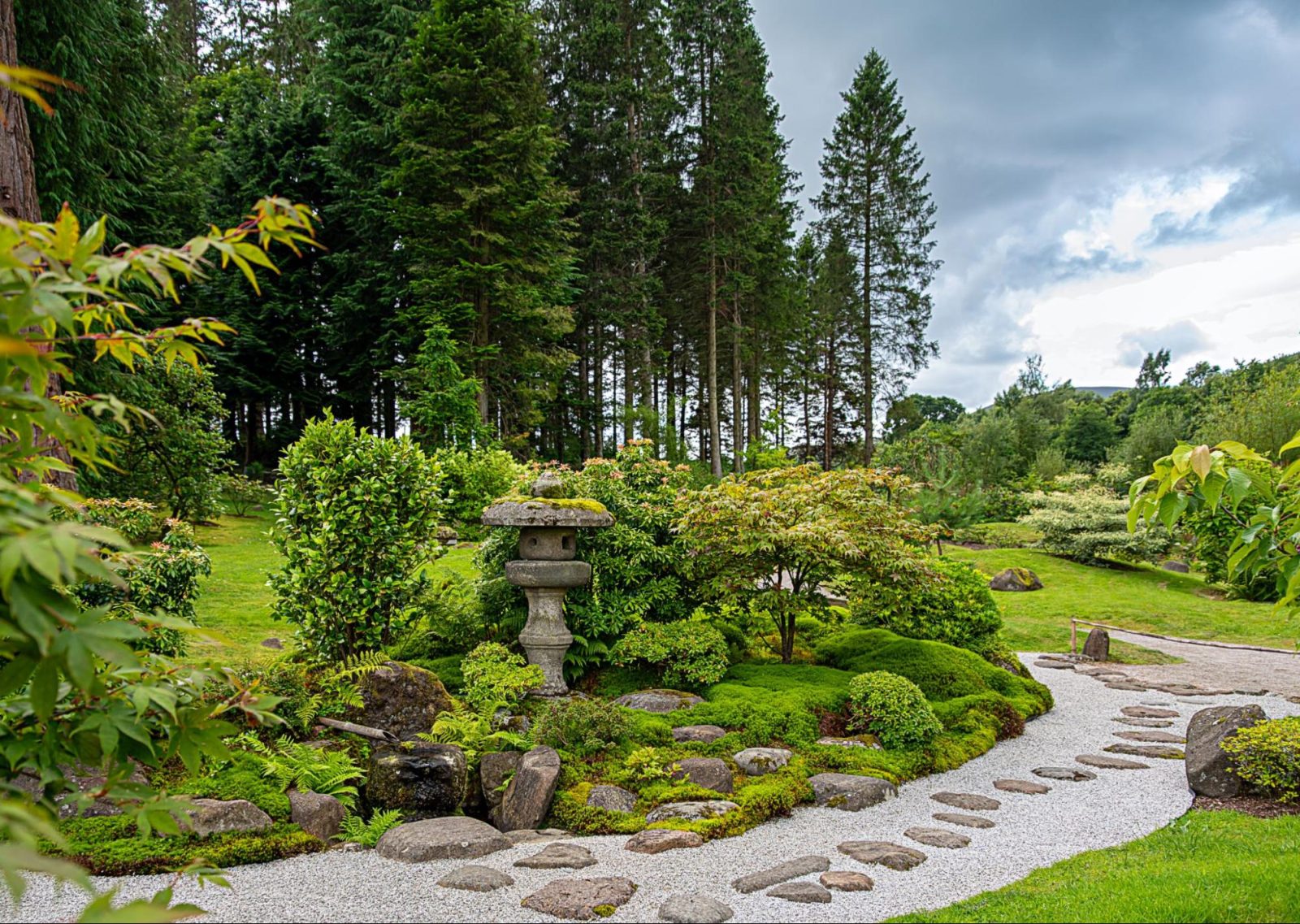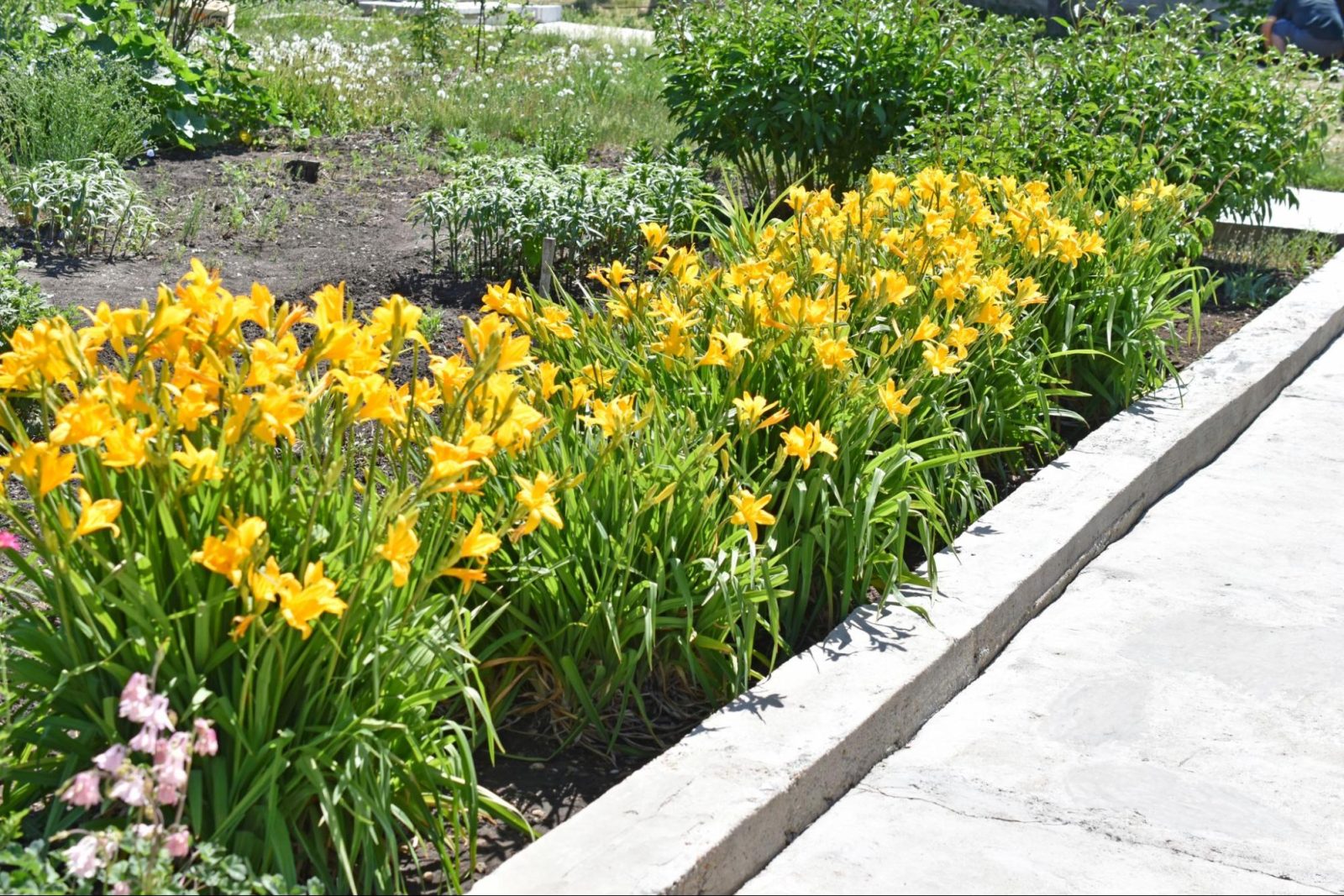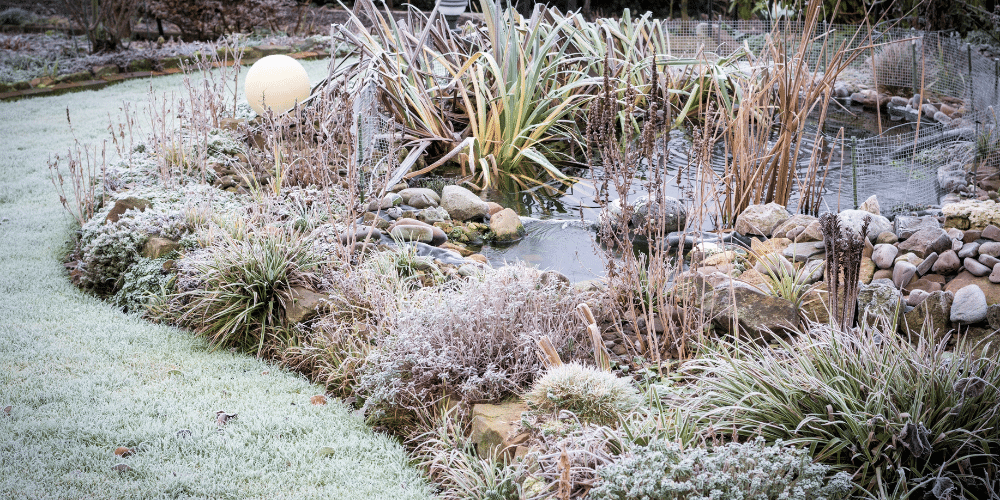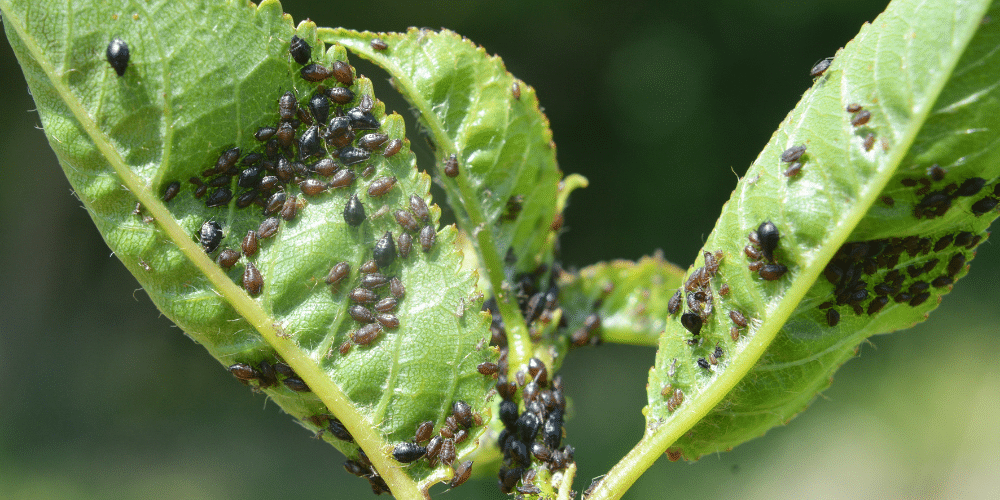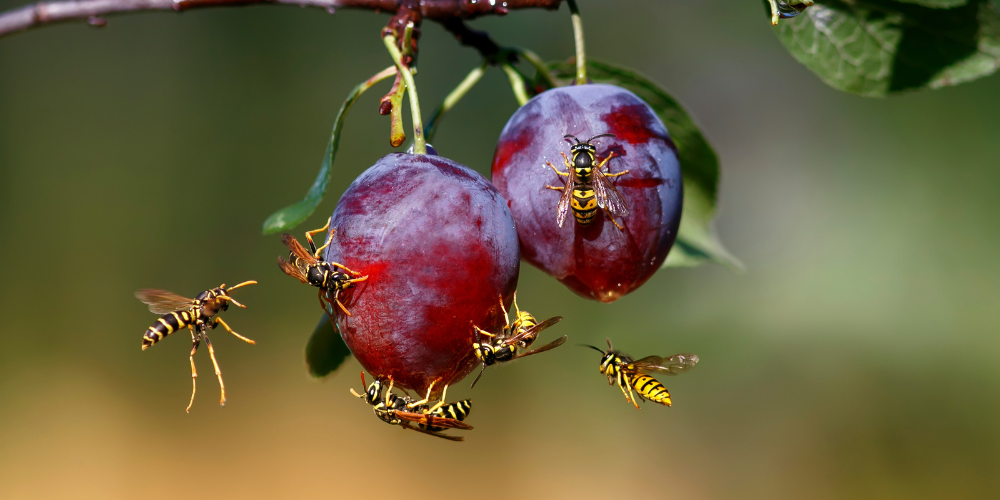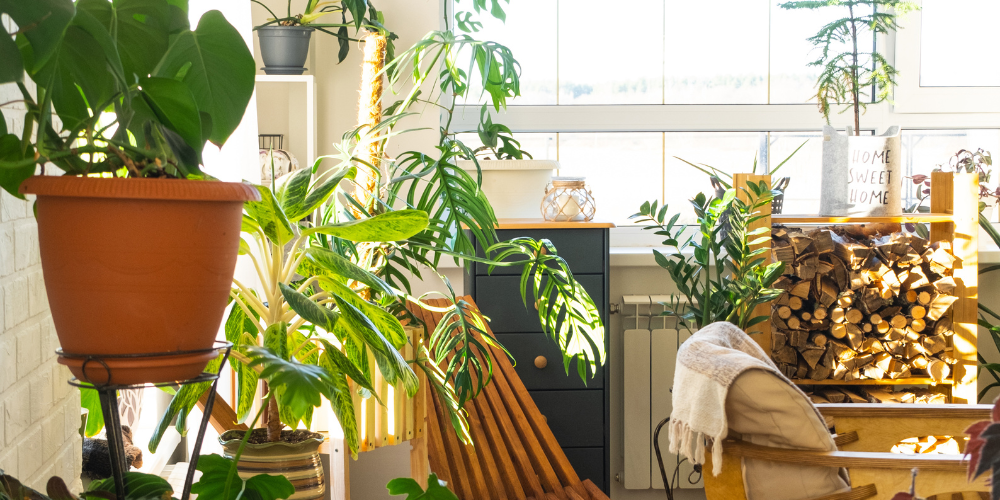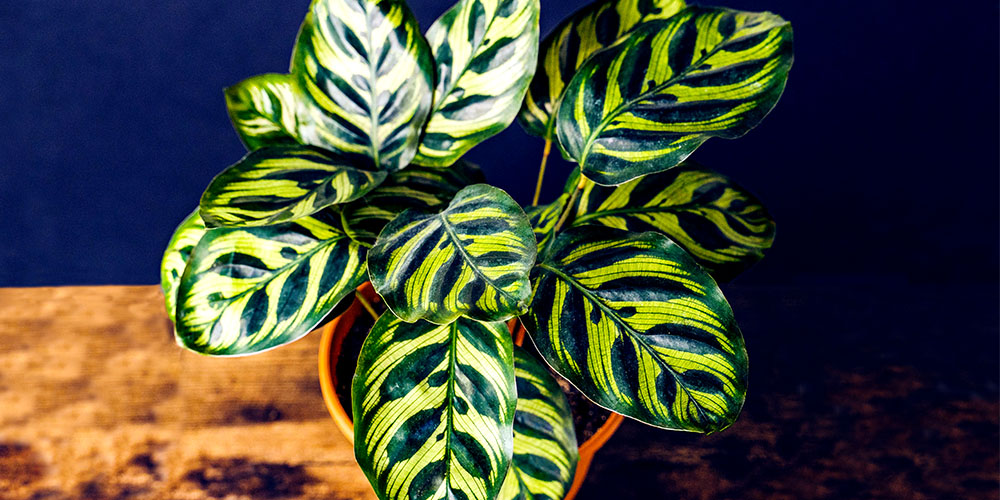
We’re crazy for Calatheas, and we hope you have at least one in your indoor plant collection! Notorious for their fussiness, these pet-friendly tropical show-stealers are well worth the extra work and–if cared for properly–will quickly turn your home into a jungle paradise. Alberta’s notoriously cold, dry winters might seem like an odd environment to grow such a warm-weather plant, but we’re here to show you how to keep your calathea happy all year round while avoiding some common issues.
Calathea Plant Care for an Albertan Winter
If any house plant can be called a diva, it’s the calathea. Hailing from the very moist and humid tropical rainforests of South America, calatheas often find our northern home environments sub-par, especially in winter, and many an Albertan plant lover has been defeated by these complex beauties. Here are a few general calathea care requirements to help you get them through the unforgiving Albertan winter, allowing you to realize their full potential:
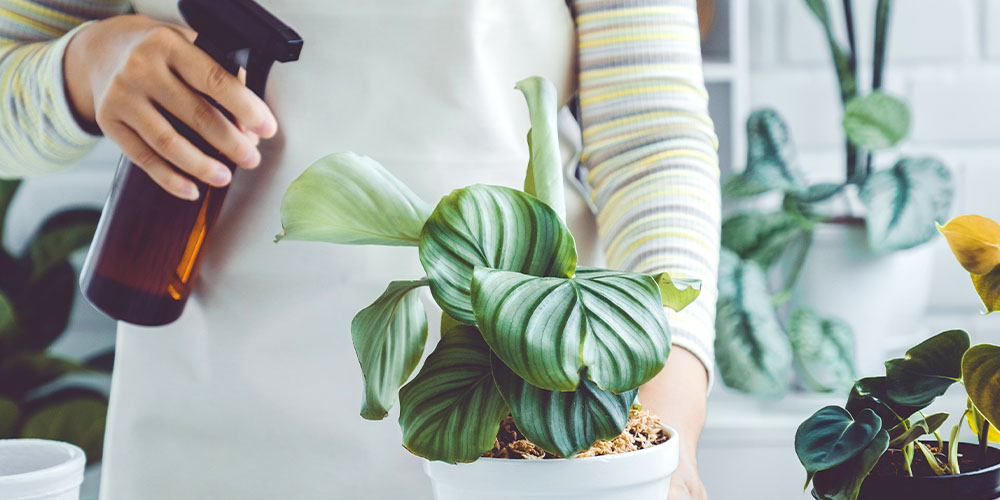
Temperature & Humidity
The best way to avoid a miserable, dying calathea this winter is to get your indoor temperature and humidity levels just right. This can be challenging, as indoor environments can change quite dramatically over winter in response to drops in temperature, changes in sunlight, and increased dryness in the air. Calatheas prefer humidity levels of around 50% and indoor temperatures between 21ºC and 30ºC. To help achieve these conditions, keep your calatheas away from cold, drafty windows and doors and place them near a humidifier or in a bathroom, where they can bask in shower steam.
Grouping plants together can also increase humidity levels and works well for certain calathea varieties, or you can also store smaller calatheas in terrariums over winter.
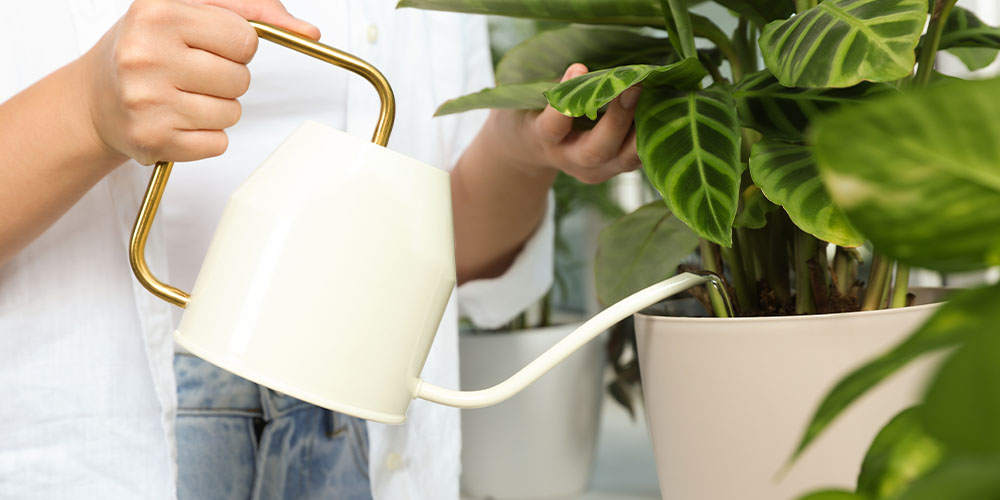
Water & Fertilizer
Calatheas like their soil to stay moist, and although you might not need to water them as much during the winter months, you’ll still want to keep their soil from drying out too much between waterings. Don’t let them sit in water, though, as waterlogged roots can damage calatheas.
These plants won’t need any fertilizer during the winter months, so hold off until they start their growing season come spring.
Light
Like most houseplants, calatheas enjoy indirect light and are generally happy with lower light conditions over the winter. Most calatheas don’t go completely dormant over winter, as they come from locations where seasons are very close in temperature, but their growth will slow in response to lower light levels. Keep your calathea in a spot that is safe from drafts but still exposed to natural light from a nearby window or skylight, and rotate it regularly to help it absorb light evenly. You may also notice your plant moving throughout the day on its own, as it opens and closes its leaves in response to its circadian rhythms.
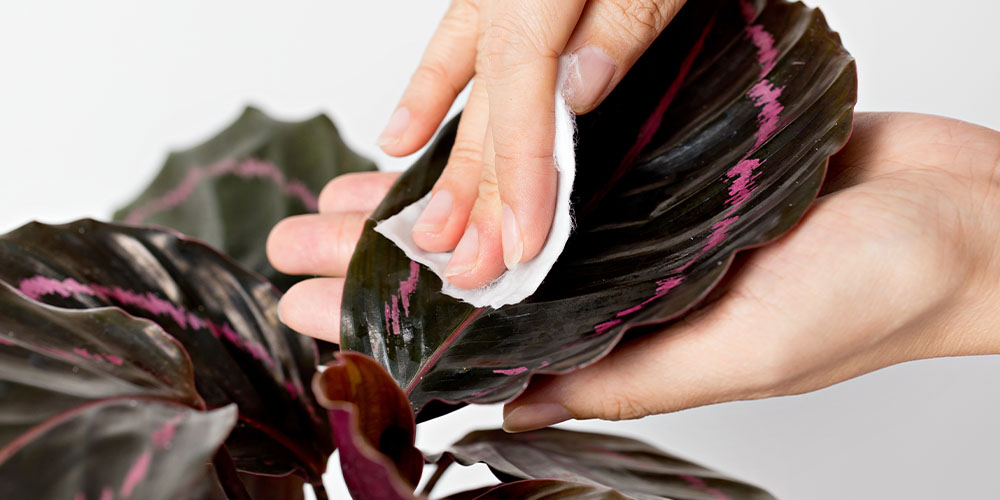
Common Calathea Pest Problems
When it comes to Calathea pests, spider mites are number one. Spider mites are tiny spiders that cast their sticky webbing over your plants to lay their eggs. They suck out the sweet juices from the underside of leaves, leaving your poor calathea withered and in need of some serious help. Because spider mites can overtake a plant so quickly, spotting them early and acting swiftly is your best bet for protecting your calatheas. If you find spider mites on your calathea, spray all its leaves, top and bottom with neem oil, and wipe away any signs of mites and eggs. Remove any dead or wilted leaves and keep your calathea away from any neighbouring houseplants until you’re sure the pests are gone.
Other common pests that might give your calatheas trouble this winter include aphids, mealybugs, and scale. The best way to keep these pests away is to maintain your calathea’s soil moisture levels. Overwatered calatheas will attract pests like aphids, while spider mites will be drawn to dryer soil. Like with everything, so long as you maintain the right conditions for your calathea, you should have nothing to worry about!
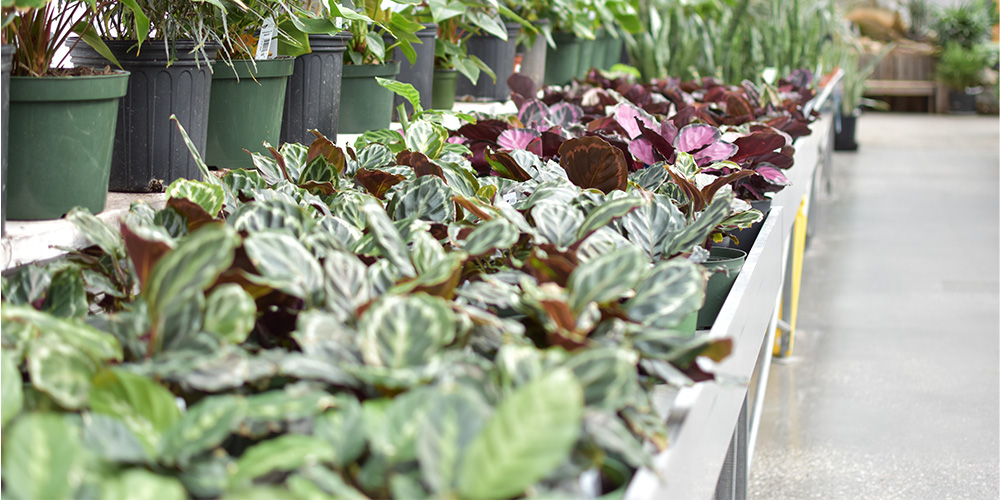
Don’t let winter spoil your favourite tropicals: come see us at one of our Salisbury Greenhouse locations in either Sherwood Park or St. Albert to learn more about calathea winter care in Alberta. We’ll help you keep that tropical vibe going all year long!


